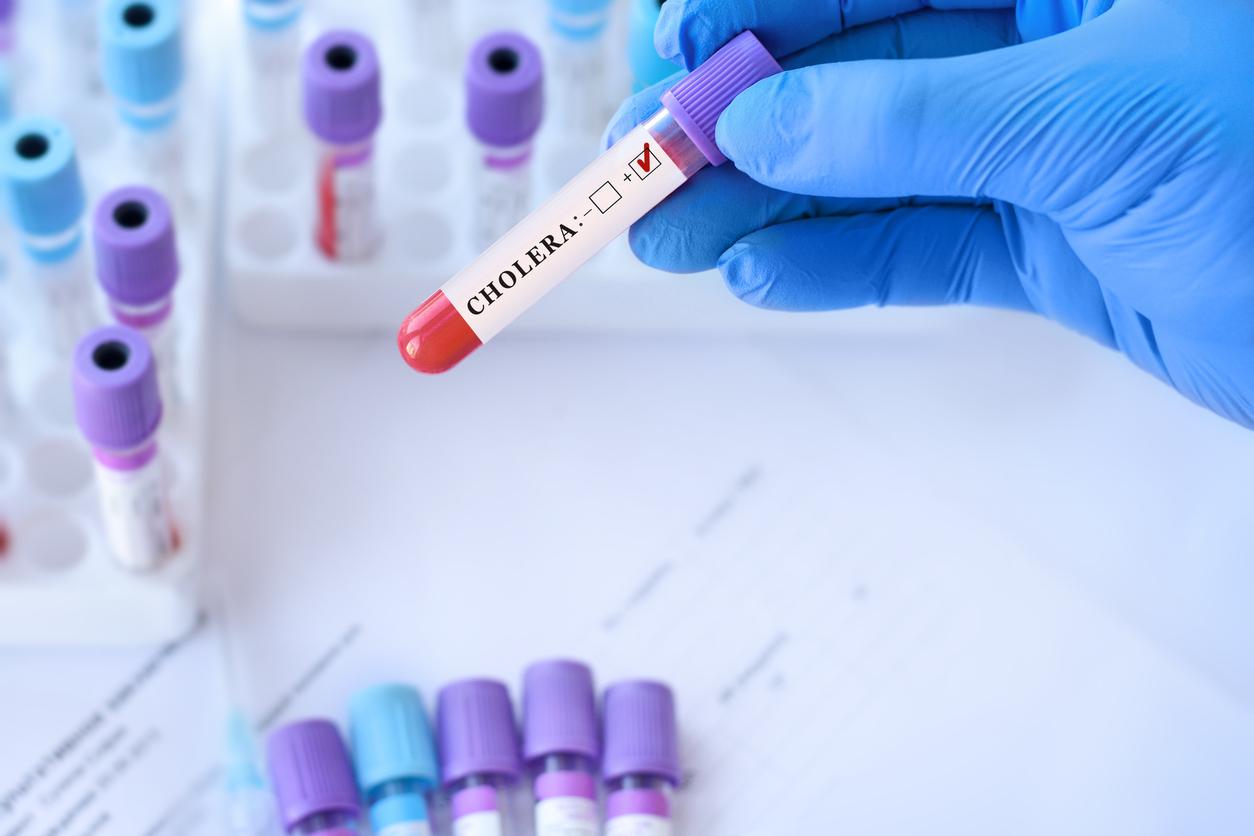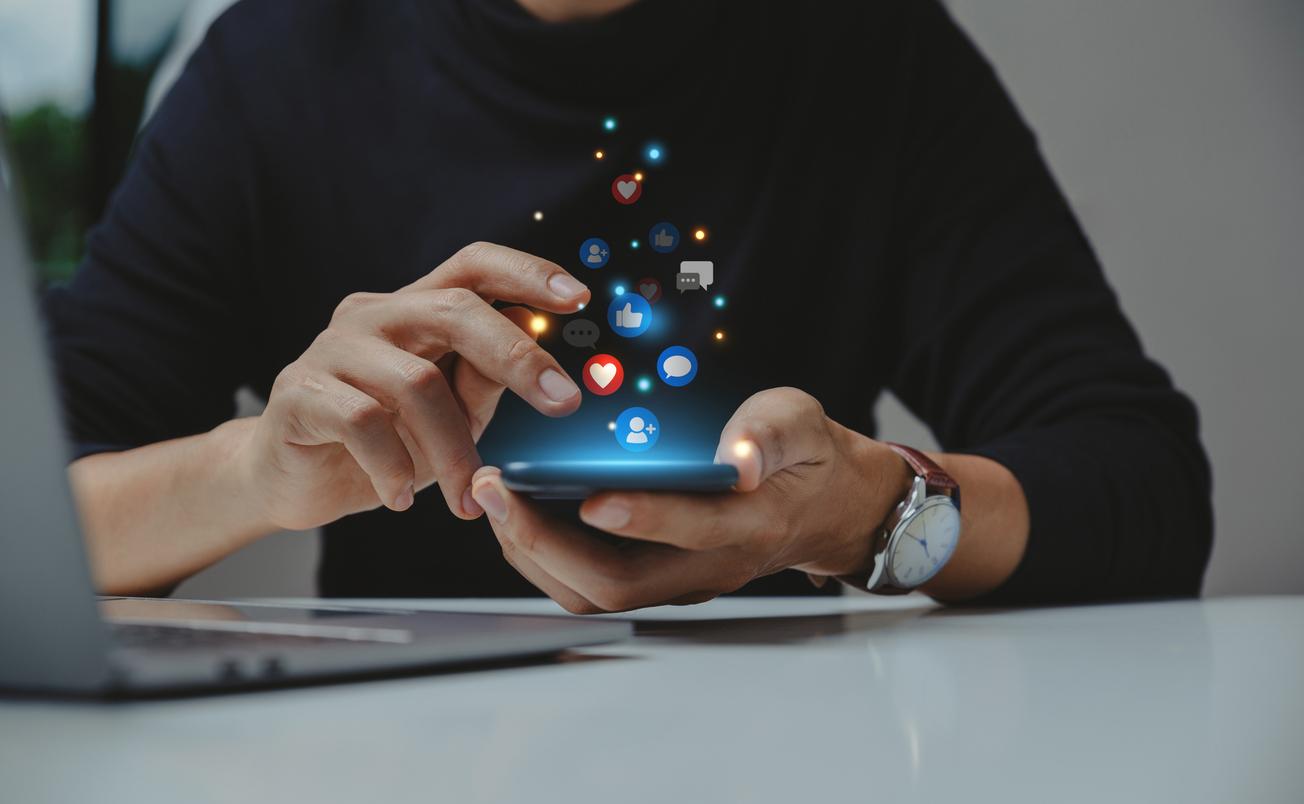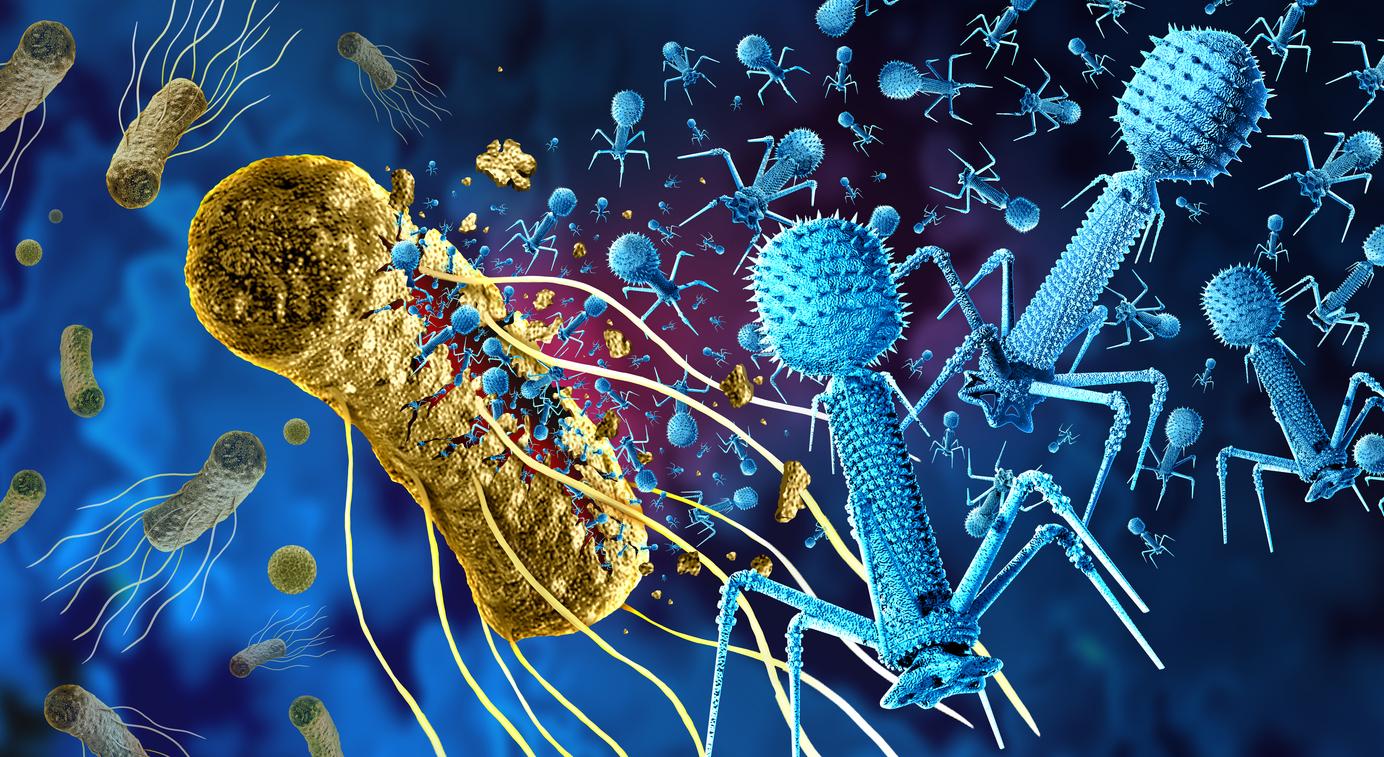Resistant to antibiotics, superbugs would have a weak point: their pathogens could be weakened by blue light, the one produced by the screens of our computers and smartphones!

It can tire the view through the screens our eyes are trained on at all times. But don’t blame blue light, it could be a very effective weapon against the superbugs that today are resistant to antibiotic treatments.
It was by working on a strain of one of the most well-known antibiotic-resistant bacteria, “methicillin-resistant staphylococcus aureus” (MRSA), that scientists from the University of West Lafayette and Boston came to these published conclusions. in the review Advanced Science.
Explanation: S. aureus produces pigments that play a role in protecting bacteria against attack. In particular a golden pigment called staphyloxantine (STX) which protects it against neutrophils, white blood cells essential in the fight against pathogens.
Remove one of the bacteria’s defenses
How to eliminate STX? Researchers have already tried to use antifungal drugs, but without success. However, scientists from West Lafayette and Boston have discovered that if they bleach MRSA with blue light, the STX membrane becomes more permeable, which suppresses one of the bacteria’s defenses: after photo-bleaching, they become sensitive even relatively mild antiseptics such as oxygen peroxide.
“This new tool can treat all superficial wounds infected by MRSA which are generally very difficult to treat”, explains Pr. Seleem who participated in this work.
Admittedly, clinical trials on humans still need to be carried out to validate the effectiveness of this practice using blue light. But it is already shaping up to be a new way to fight, without causing undesirable side effects, against the most difficult pathogens to treat.

















